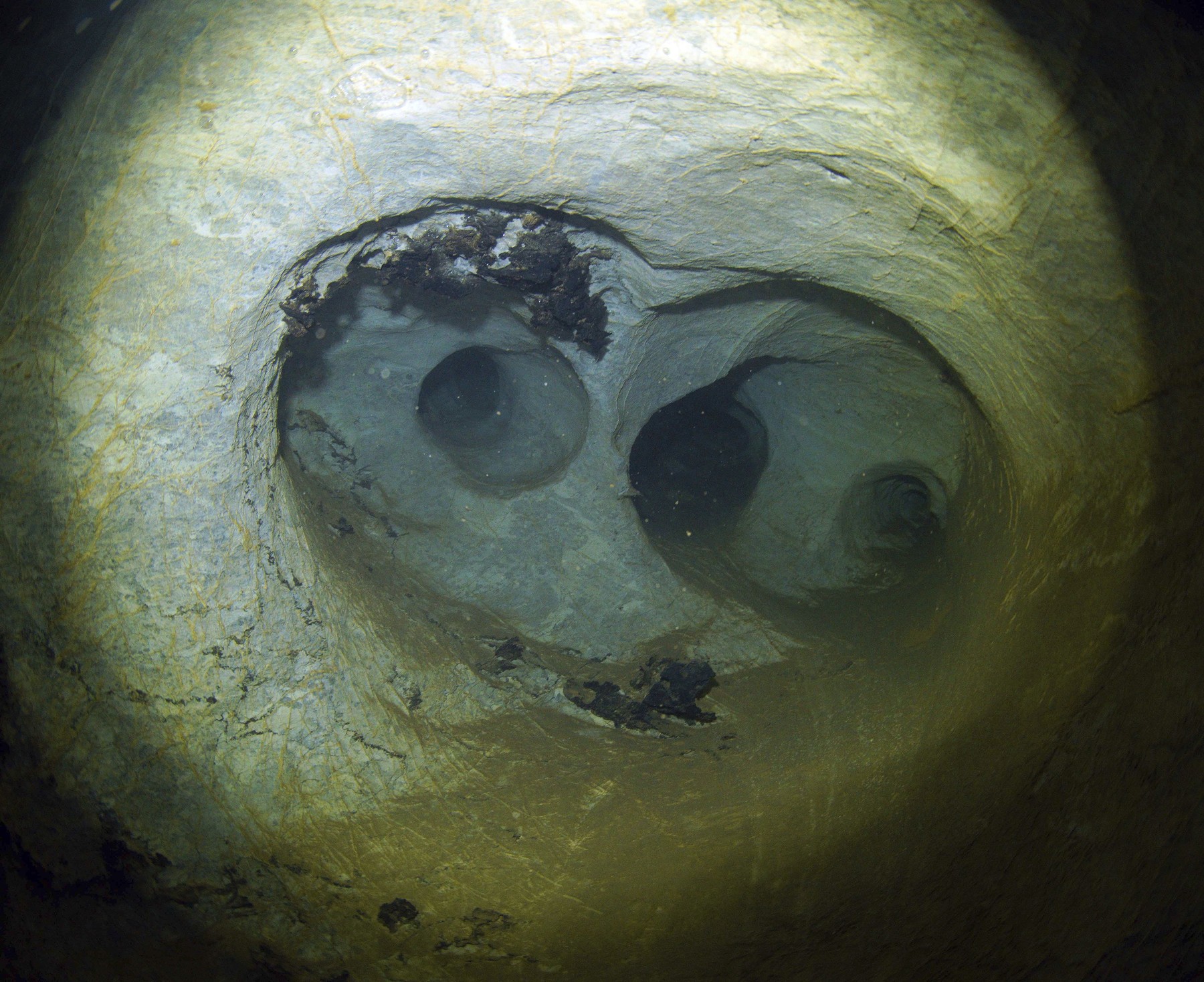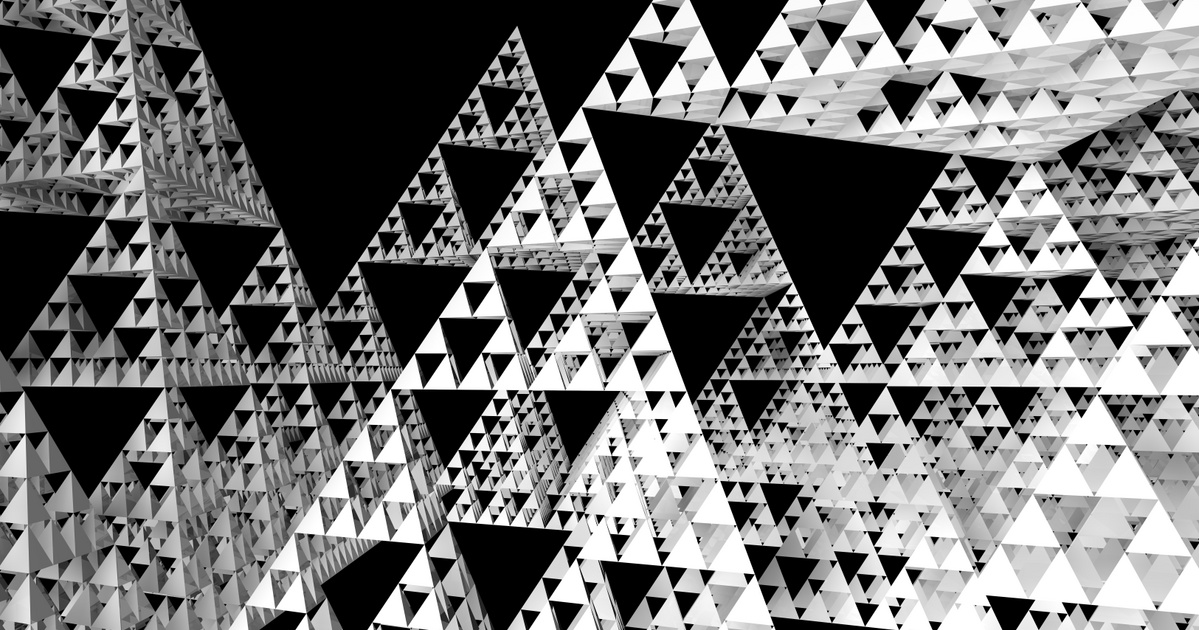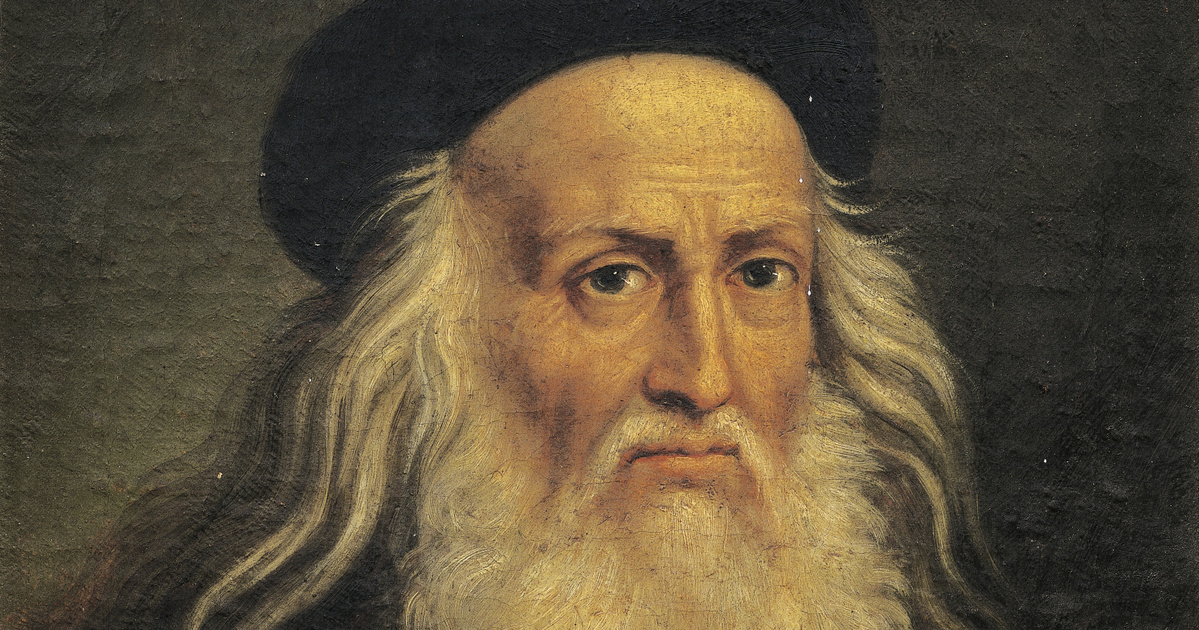Among other things, Leonardo studied the structure of trees, established the rules of dendritic history (the historiography of ancient rings), and even assumed that their diversity depends on the weather.
genius genius
Another important study was his rule on tree branches, which researchers have long cited. Da Vinci wrote that the thickness of the branches of a tree, when any height is added, is equal to the thickness of the trunk. Biologists confirmed this observation (which impressed mathematicians, by the way,) and calculations showed that a constant cross-sectional area helps trees withstand wind pressure, ice and snow, or even fruit. But not for all trees!
Now, Russian scientists Sergei Grigoriev, led by a member of the Saint Petersburg Institute of Atomic Physics, have found a new branching rule that works with all deciduous trees, namely science news.
The older Leonardo rule focused mainly on the thickness of the branches (that the thickness of the branch equals the combined thickness of the branches growing outside of it) and did not take the length into account. Contrary to this conjecture, the new rule uses the surface as a guide to examine the width and length of the branches and expects the long branches to be thinner than the short ones.
2D trees
According to the researchers, the relationship between the surface of the branches and the structure of the tree shows that the outer living layers control the structure of the tree. It is as if the tree is a two-dimensional object, and only two dimensions – the width of each branch and the distance between the branches – determine the structure of any tree.
The new rule is a step forward, says Catherine McCullough, a botanist at the University of Wisconsin-Madison, but she has also expressed skepticism.
Because the live part in most trees extends much deeper than the thin surface layer and is actually species dependent and dependent on age: an ancient giant oak can contain one centimeter of live wood.
But there may be species of tropical trees that have a very deep succulent (the living part of the tree’s body that runs parallel to the annual ring that carries moisture from the roots to the foliage) and have a living tree in most of its cross-section.
To test their judgment, Grigoriev took pictures of trees of different species and analyzed the branches to make sure the real patterns matched expectations. The images allow direct measurement, but without touch, which is important when examining an organism.
Although the team has not yet studied evergreens, the rule has been validated for all the deciduous trees examined.
Their method was applied to maple, linden, birch, chestnut, oak and apple. They showed the same general structure.
Although manual measurement of branches can confirm the rule, it requires climbing into trees and checking all branches – a risky practice for both trees (injury) and scientists (trapped).
(Cover Image: Smith Collection/Gado/Getty Images)







































